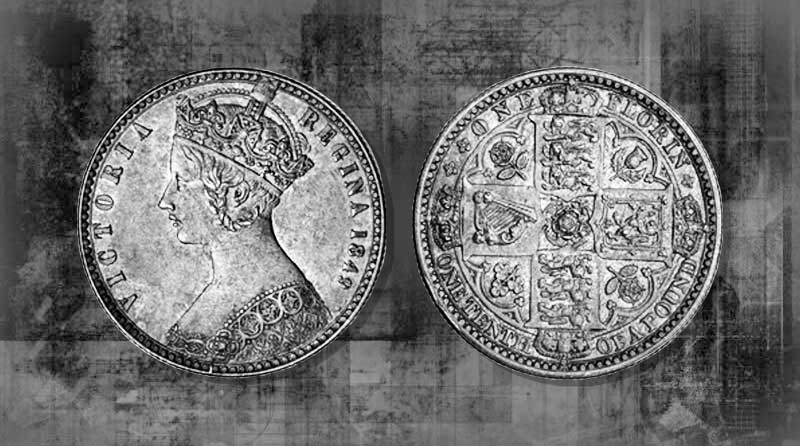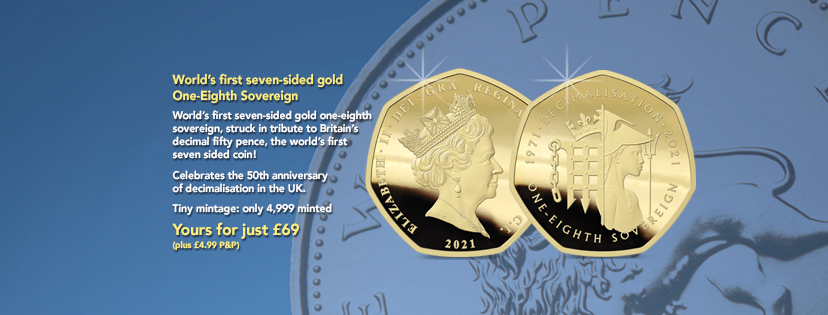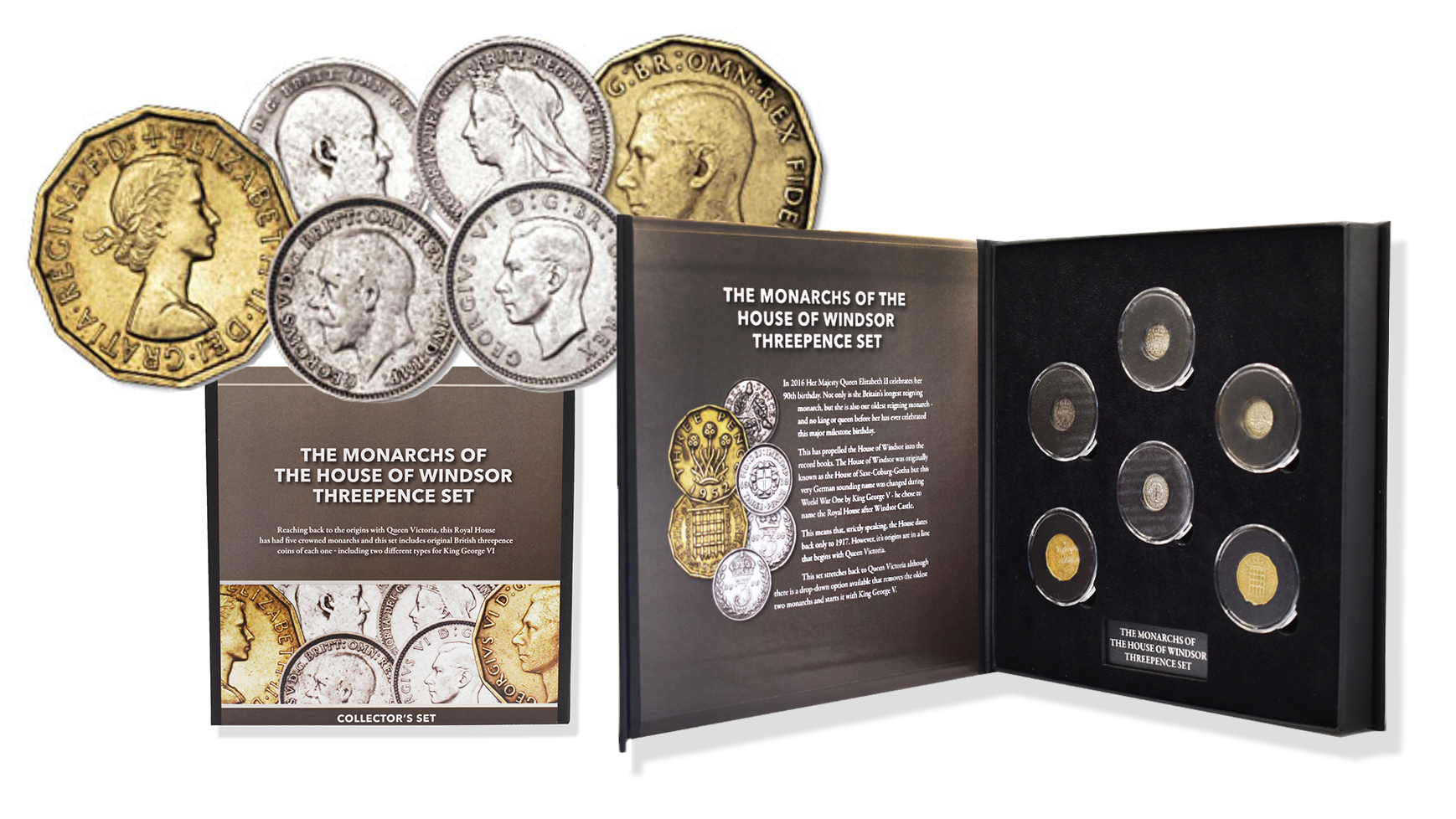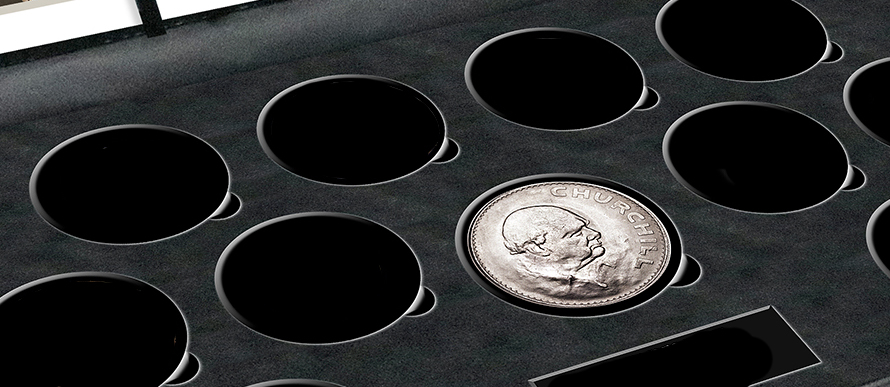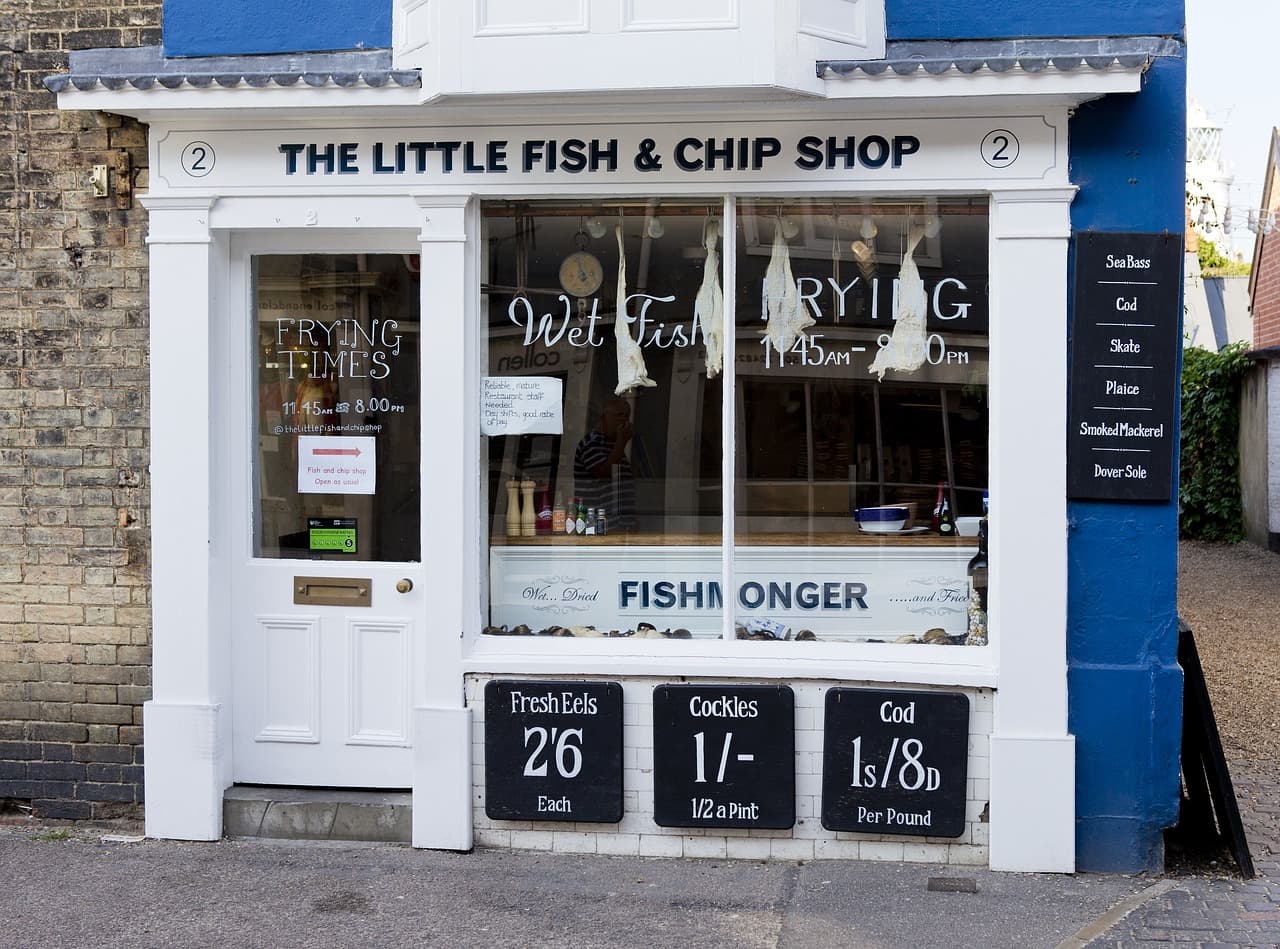
This year marks the 50th anniversary of the decimalisation of British currency. On the 15th February 1971, also known as Decimal Day, the country switched to the decimal currency that we are used to today (multiples of 10 and 100). But why did this change occur?
Before this date, Britain used a monetary system that dated all the way back to the Roman Empire. The problem with this system however, is that the old Pounds, Shillings and Pence were based on multiples of 12 and 240. This, as you can imagine, made it very complicated and often confusing to the everyday person; 12 pennies in a shilling and 240 pennies in a pound! Now we’re looking at four things you want to know about Decimalisation…
Read more
